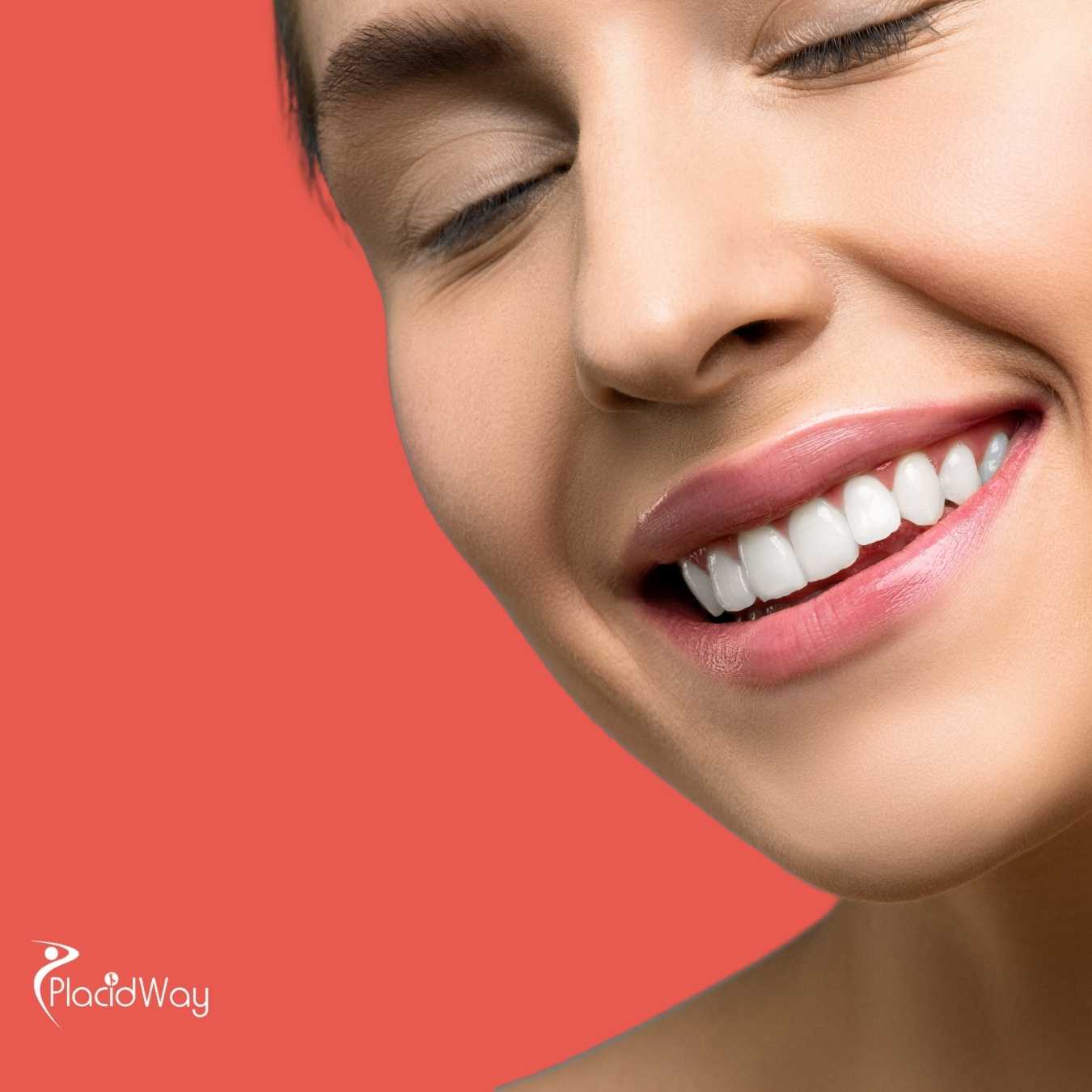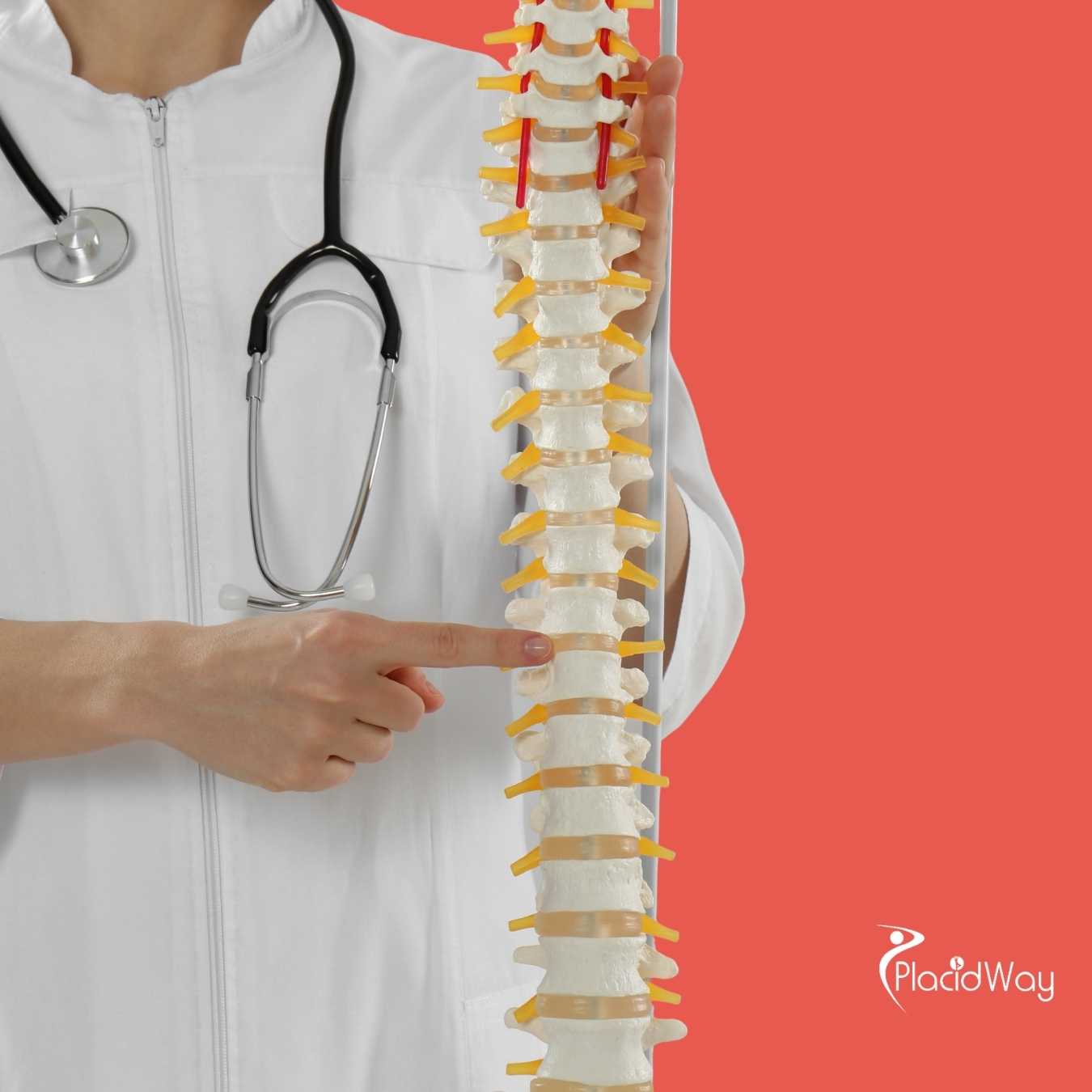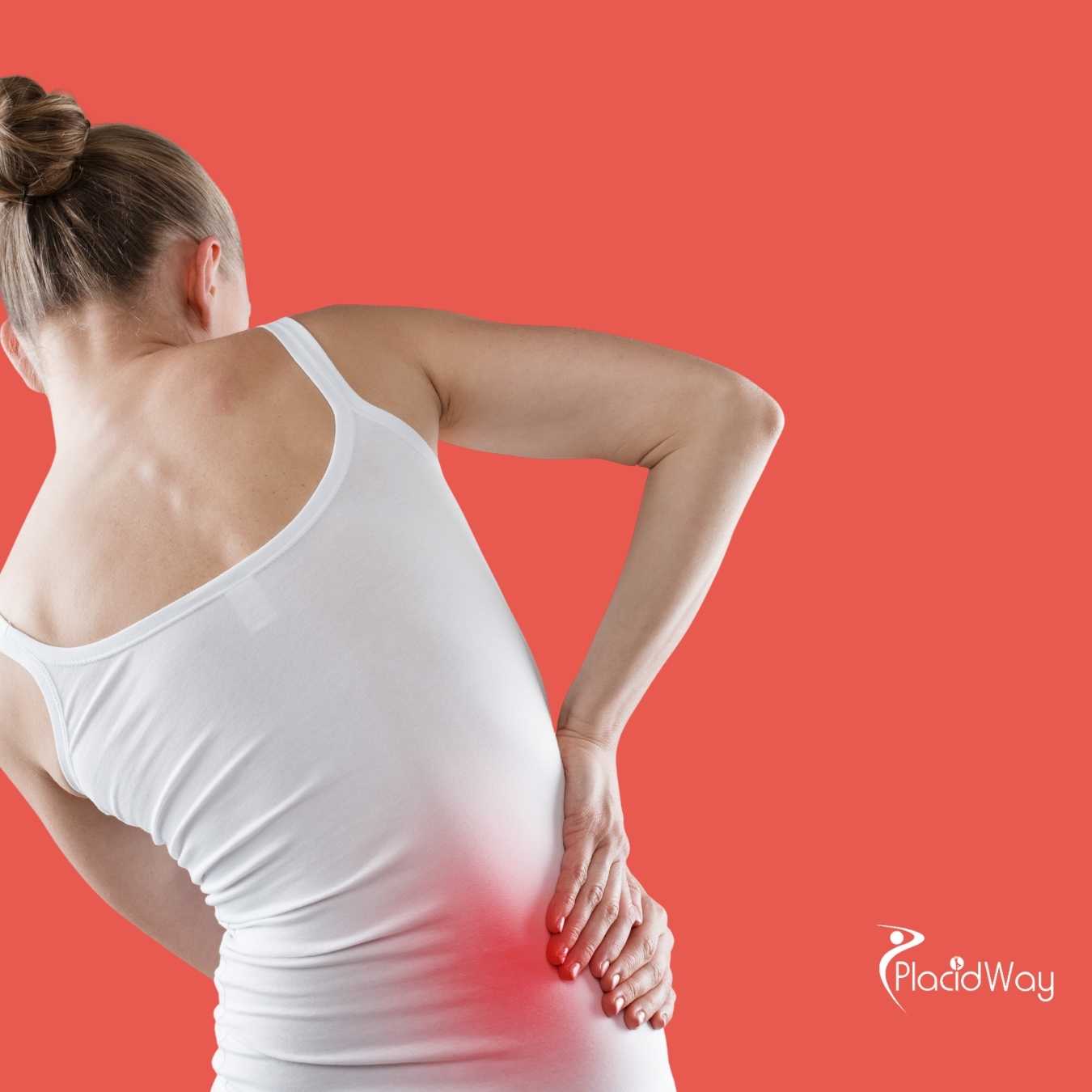PRP Treatment Effectiveness: What You Need to Know
.png)
Have you ever wondered if that buzzworthy treatment, Platelet-Rich Plasma (PRP) therapy, truly lives up to its claims? It's a question many people are asking, especially as regenerative medicine gains more attention. PRP treatment involves using your own blood to create a concentrated solution of platelets, which are rich in growth factors. These powerful growth factors can stimulate healing and regeneration in various parts of the body, offering a natural approach to recovery and rejuvenation.
The concept of using your body's own resources to heal itself is incredibly appealing, making PRP treatment a sought-after option for conditions ranging from stubborn orthopedic injuries to hair loss and even skin concerns. While individual results can vary, a growing body of scientific evidence and countless patient experiences suggest that PRP therapy can indeed be an effective and safe option when administered by qualified professionals. Let's dive deeper into how PRP treatment works and what you can expect.
Does PRP treatment truly work for joint pain and orthopedic injuries?
For many struggling with chronic joint pain or slow-healing injuries, PRP treatment has emerged as a viable solution. This therapy is particularly effective in conditions like osteoarthritis, tendonitis (e.g., Achilles tendonitis, tennis elbow), and ligament sprains. The concentrated platelets deliver a powerful dose of growth factors directly to the injured area, which can stimulate cellular repair, reduce inflammation, and promote the regeneration of damaged tissues.
Patients often report a decrease in pain and an improvement in function following a series of PRP injections. While not an instant cure, the treatment encourages the body's natural healing cascade, leading to long-term relief and recovery. It's often considered when conservative treatments like physical therapy and medication haven't provided adequate relief, offering a less invasive alternative to surgery.
How effective is PRP for hair loss?
When it comes to addressing hair loss, particularly androgenetic alopecia (pattern baldness), PRP therapy has gained considerable traction. The growth factors in PRP help to rejuvenate dormant hair follicles, increase blood supply to the scalp, and prolong the anagen (growth) phase of the hair cycle. This leads to thicker, stronger hair and can slow down or even reverse hair thinning.
The treatment involves injecting PRP directly into the scalp. Patients typically undergo a series of treatments, often spaced a few weeks apart, followed by maintenance sessions. While results vary, many individuals experience a noticeable reduction in hair shedding and an improvement in hair density and quality, making it a popular choice for those seeking a non-surgical solution to hair restoration.
What conditions can PRP therapy treat?
The versatility of PRP treatment extends across multiple medical fields, thanks to its regenerative properties. Beyond joint pain, orthopedic injuries, and hair loss, PRP is also used for:
- Chronic Tendon Injuries: Such as patellar tendonitis, rotator cuff tears, and plantar fasciitis.
- Acute Ligament and Muscle Injuries: Accelerating the healing process for sprains and strains.
- Osteoarthritis: Reducing pain and improving joint function in various joints, including knees, hips, and shoulders.
- Skin Rejuvenation (PRP Facials): Improving skin texture, reducing wrinkles, and stimulating collagen production.
- Wound Healing: Assisting in the healing of chronic wounds and ulcers.
The application of PRP is continually expanding as researchers uncover new ways to harness its natural healing power. Its ability to stimulate tissue repair and regeneration makes it a valuable tool in regenerative medicine.
What is the PRP treatment process like?
The PRP treatment procedure is straightforward and typically performed in an outpatient setting. It begins with a healthcare professional drawing a small sample of your blood, similar to a routine blood test. This blood sample is then placed into a centrifuge.
The centrifuge spins the blood at high speeds, separating its components. The process isolates the platelet-rich plasma from other blood cells. The concentrated PRP, which is a clear, yellowish solution, is then carefully collected. Finally, the prepared PRP is injected into the specific area requiring treatment, such as a damaged joint, the scalp, or facial skin. The entire process usually takes less than an hour.
Are there any side effects or risks associated with PRP injections?
Because PRP treatment uses your own blood, the risk of allergic reactions or rejection is significantly minimized. Most side effects are mild and temporary, often related to the injection itself. These can include:
- Pain or soreness at the injection site
- Swelling or bruising
- Minor bleeding
- In rare cases, infection (as with any injection)
Serious complications are rare when the procedure is performed by a qualified and experienced medical professional under sterile conditions. It's important to discuss your medical history and any concerns with your doctor before undergoing PRP therapy to ensure it's the right choice for you.
How long does it take to see results from PRP treatment?
Patience is key with PRP treatment, as it works by stimulating the body's natural healing mechanisms. Unlike pain medications that offer immediate, albeit temporary, relief, PRP initiates a biological process that takes time.
For orthopedic conditions, some patients might experience a reduction in pain within a few weeks, with more significant improvements in pain and function becoming apparent over two to three months. For hair loss, visible changes like reduced shedding and new growth can take three to six months to become evident. The full benefits of PRP therapy often develop gradually, emphasizing the regenerative nature of the treatment. A series of treatments might be recommended for optimal and sustained results.
What is the average cost of PRP treatment?
The cost of PRP treatment can vary significantly depending on several factors. These include the specific condition being treated, the number of injections required, the expertise of the medical professional, and the geographical location of the clinic. For example, a single joint injection might be less expensive than a series of treatments for hair restoration or extensive skin rejuvenation.
Because PRP therapy is often considered an elective procedure, it is generally not covered by insurance. Patients typically pay out-of-pocket, which is why understanding the full treatment plan and associated costs upfront is crucial. Many clinics offer package deals for multiple sessions, which can sometimes reduce the per-session cost.
Why consider medical tourism for PRP treatment?
Considering medical tourism for PRP treatment has become increasingly popular for several compelling reasons. The primary driver is often cost savings. Many countries offer high-quality PRP therapy at a fraction of the price found in Western nations, making advanced regenerative treatments more accessible.
Beyond cost, patients might seek specialized expertise or advanced techniques not readily available in their home country. Reduced waiting times for appointments and procedures are another benefit. Furthermore, the chance to recover in a pleasant, often tourist-friendly environment, combining health improvements with a relaxing vacation, adds to the appeal of seeking PRP treatment abroad.
Which countries are popular for affordable and quality PRP therapy through medical tourism?
Several countries have established themselves as leaders in medical tourism, offering excellent facilities and experienced practitioners for PRP treatment. These destinations balance affordability with high standards of care.
Some of the most sought-after countries include:
- Turkey: Known for its modern clinics, highly skilled doctors, and significantly lower costs for procedures like hair restoration and orthopedic PRP.
- Mexico: A convenient option for North Americans, offering competitive pricing and advanced clinics for various PRP applications.
- Thailand: Renowned for its hospitality, state-of-the-art medical facilities, and comprehensive regenerative medicine services, including PRP.
- South Korea: A global leader in aesthetic and regenerative treatments, providing cutting-edge PRP therapies for skin and hair.
These countries often boast internationally accredited hospitals and clinics, ensuring patients receive quality care comparable to or exceeding what they might find locally, but at a more accessible price point.
What should I look for when choosing a clinic for PRP treatment abroad?
Selecting the right clinic for PRP treatment abroad requires careful consideration to ensure both safety and effective results. Here are key factors to evaluate:
| Factor | Why it's Important |
|---|---|
| Accreditation | Look for international accreditations (e.g., JCI) which indicate high standards of care and safety. |
| Doctor's Experience | Verify the practitioner's qualifications, specialization in regenerative medicine, and experience with PRP treatments. |
| Patient Reviews & Testimonials | Gives insight into other patients' experiences with the clinic and doctors. |
| Communication & Language | Ensure clear communication channels and that staff speak a language you understand. |
| Treatment Protocols | Inquire about their specific PRP preparation methods and injection techniques. |
| Aftercare & Follow-up | Understand what support is available post-treatment, especially once you return home. |
Thorough research and possibly engaging with a reputable medical tourism facilitator can greatly simplify this process and help you make an informed decision for your PRP treatment journey.
Are you ready to explore effective and affordable PRP treatment options? Visit PlacidWay to connect with leading clinics worldwide and discover personalized healthcare solutions that meet your needs.


.png)



-Package-in-Kuala-Lumpur,-Malaysia-by-FirstCell.jpg)





Share this listing